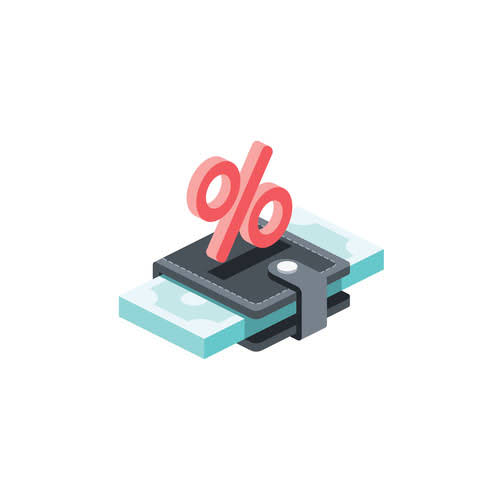The direct costs are often traceable to the creation of the product and the maintenance of low variability in the overheads allows businesses to ensure a healthy margin of profit. However, for job costing to be used effectively, businesses must be capable of tracking real-time costs involved in creating products to ensure none of the expenses involved become elusive, causing accountants to lose track of them. Overall, the manufacturing accounting process is much more complex than accounting for most companies that produce no inventory.
- This task may be completed at relatively long intervals, such as at the end of each annual reporting period.
- In the final accounts the manufacturing account is usually presented in a more readable format.
- A final aspect of manufacturing that largely informs manufacturing accounting is production costing.
- This form of accounting in a manufacturing business primarily focuses on providing pointed information to the managerial staff to allow them to decide on core issues and matters regarding the manufacturing process and costs.
- Sign up for a demo today and unlock the power of streamlined manufacturing operations.
The DISC rules were also moved, with few edits, to the heading “Special Entities” from another regulation’s subpart. It excludes certain foreign entities from being considered associations taxable as corporations. Refining is the operation by which impurities or unwanted elements are removed from a product.
Glossary of manufacturing terminology
You’ll need to speak with your accountant or financial advisor and consider your current budget before making an informed decision. When investing in manufacturing accounting software, it’s important to find a system that contains all the features you need – and not too many that you’ll never use. If the software is too complex or too time-consuming to implement, you can end up without seeing any return on the investment. This can result in drastically different figures for your business financials, which is why it’s important to use the right approach based on your specific business requirements. Manufacturing overhead costs are indirect costs that are incurred during a particular accounting period but cannot easily be accounted for on a per-unit basis. The costs that contribute to your total manufacturing cost are known as direct costs.

This task may be completed at relatively long intervals, such as at the end of each annual reporting period. Manufacturing accounting is different to accountancy in other industries. One big difference is that rather than simply selling stock or services,… Get $30 off your tax filing job today and access an affordable, licensed Tax Professional. With a more secure, easy-to-use platform and an average Pro experience of 12 years, there’s no beating Taxfyle.
Fixed costs
Other rules include combination rules for REITs and RICs (differentiating when a captive REIT or a captive RIC would be required to be included in a combined return under Article 33), with examples. The adjustment for work in process inventory is necessary as the purpose of the account is to show manufacturing accounting the manufacturing cost of goods completed during the accounting period regardless of when they started in production. The manufacturing account is an account in the general ledger which is used to accumulate all the manufacturing costs of goods completed by a business during an accounting period.

When tracking manufacturing expenditure, it’s important to understand both direct and indirect costs. Variable costs are termed as such because they vary according to the amount of goods produced. Variable costs in manufacturing go up as production increases and down as production decreases. The cost of wood, production labor, and packaging are all variable costs for toothpick production example. Manufacturers take a unique approach to accounting because they don’t just ship, sell, and service goods – they create goods.
